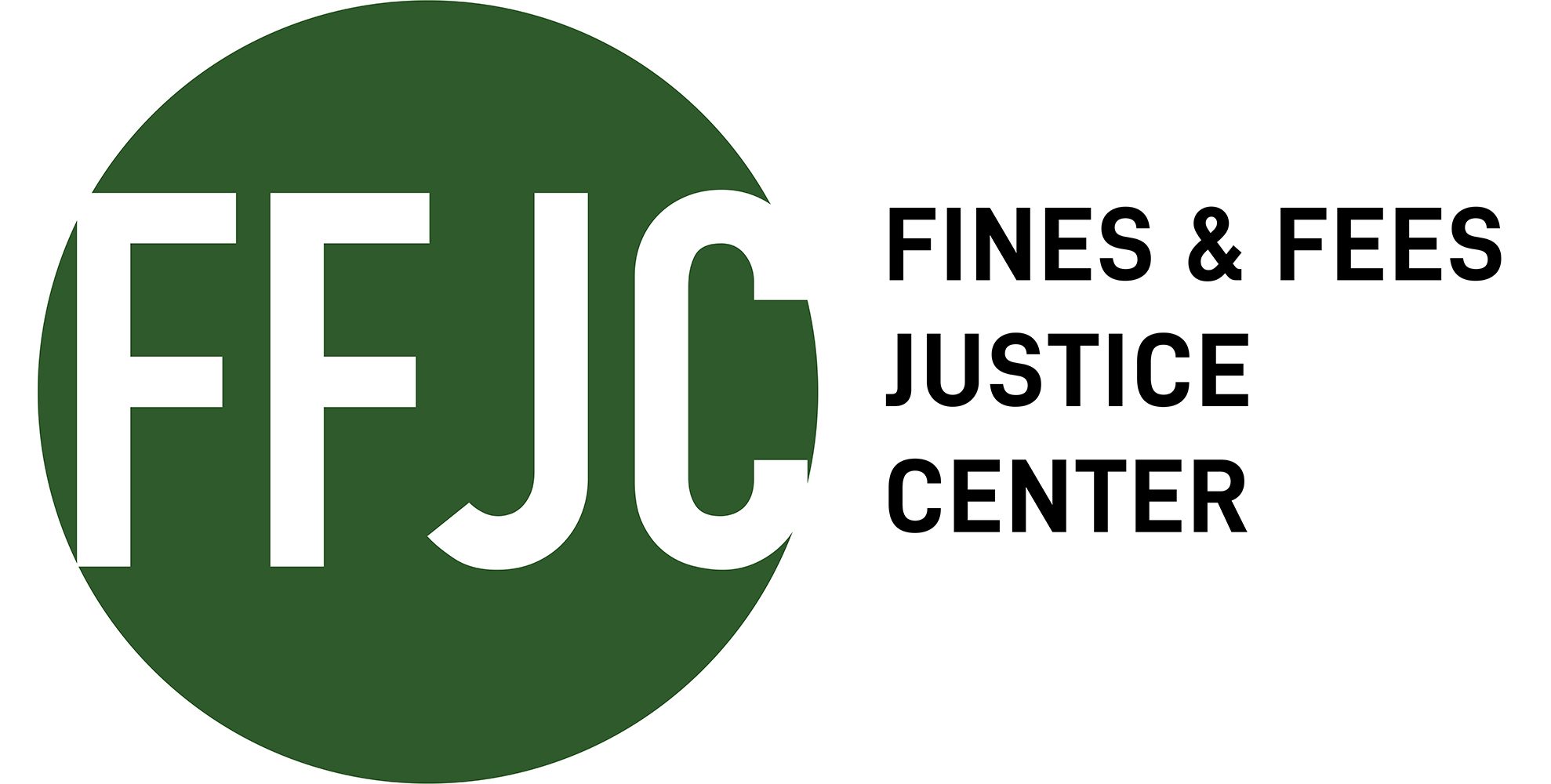Fines and fees account for approximately 90% of the revenue taken in by the Justice Courts.
In 2007, New York’s Special Commission on the Future of the New York State Courts visited nearly 100 courts in every judicial district, met with hundreds of judges and court officials, and heard testimony from 85 witnesses in order to learn more about the status of New York town and village courts. This report is the product of their comprehensive, first-of-its-kind review of New York’s town and village courts. It provides an overview of New York’s court structure, summarizes recent events that led to the creation of the Special Commission, shares the Commission’s factual findings, and proposes several reforms.
You can read the full text of the report here. Additionally, FFJC’s New York Campaign is pushing to reform municipal fines and fees practices statewide.
Key Findings
- “Some [Justice Court judges] feel inappropriate pressure from municipal leaders to take measures to maximize the local revenue that their courts generate, revenue which is not necessarily used to fund the courts but which can be used for any purpose the municipality sees fit… municipal leaders tend to view the Justice Courts in largely opportunistic terms… Especially given that these same municipal leaders decide court budgets, fix justices’ salaries and can influence a justice’s reelection prospects, the resulting risk to judicial independence cannot be overstated.”
- “Under the current system, there is a significant risk that justices will feel pressure from municipal officials to facilitate inappropriate plea bargaining… The fees, fines and surcharges arising from VTL violations account for approximately 90% of the revenue taken in by the Justice Courts.”
- “A justice can easily generate additional revenue for a municipality (at the expense of the state) by permitting motorists who have been ticketed for speeding on state highways to plead guilty instead to municipal parking infractions or other violations of local law. In this way, the associated fine, which would have gone to the state had the motorist pleaded guilty to the original charge or a lesser-included VTL offense, is instead retained by the municipality.”
- More than 70% of New York town and village court judges are not attorneys.
- “The largest and most effective courts are those that are well-funded, and supported by a revenue stream generated by a robust docket and the associated fines and fees that come with it. At the other extreme are those courts that are woefully underfunded, and that may be subject to inappropriate pressure to produce results that enhance town and village coffers.”
- “In many courts, the caseload bears little relationship to the population of the locality, and is instead a function of the court’s proximity to a major highway or shopping mall. For example, the Town of Woodbury has a population of 9,460, yet the court hears 7,800 cases per year and is the busiest court in Orange County. The nearby Woodbury Common shopping center, one of the busiest malls in the United States, generates an enormous volume of cases for the Woodbury court, nearly all of which involve residents of other localities, states or even countries.”
Recommendations
- Significantly reduce the number of town and village courts in New York through consolidation.
- Defendants who are charged with a misdemeanor crime should have the right to have their case heard by a judge who is an attorney.
- The State should establish an Aid to Localities program (similar to the Justice Court Assistance Program) that provides financial assistance to town and village courts.
- OCA and the New York Legislature should consider changes to “eliminate inappropriate incentives to manipulate plea bargaining” (no specific recommendation advanced).
